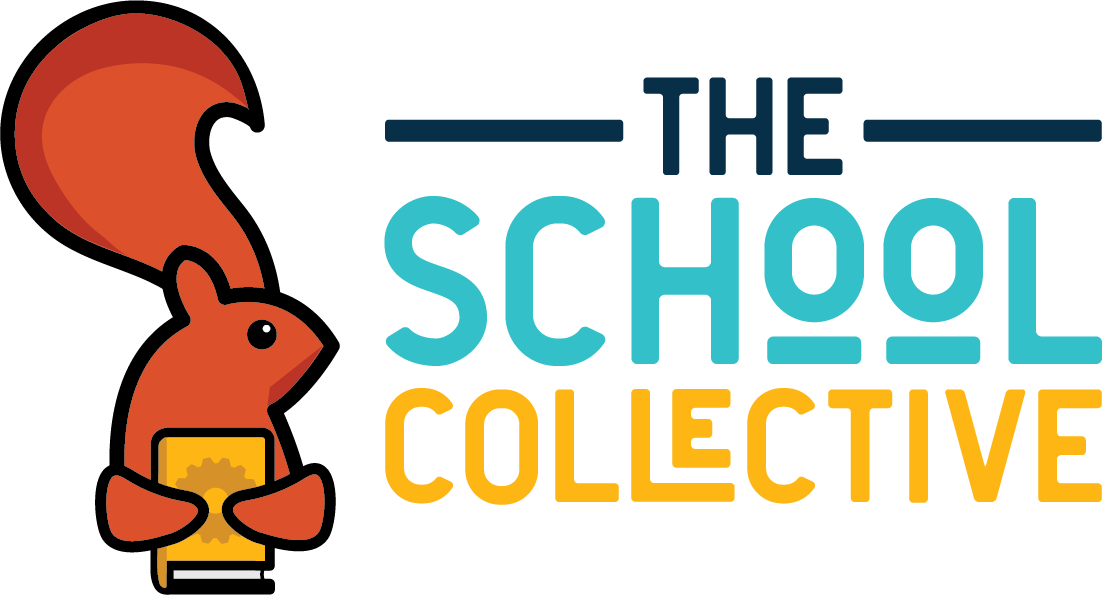As educators, we often greet our students with enthusiastic inquiries about their extended breaks, expecting tales of joy, adventure, and relaxation. However, we must recognize that for some students, these breaks may not be as blissful as we imagine. Factors such as family dynamics, financial stress, and other personal challenges can overshadow the holiday season. So, instead of defaulting to the typical “What did you do over the break?” conversations, let’s delve into more meaningful conversations that acknowledge and support the diverse experiences of our students.
- Acknowledge the Spectrum of Experiences: Start by acknowledging that breaks can be different for everyone. Some students may have had wonderful experiences, while others may have faced challenges. Let students know that it’s okay to share their experiences openly, whether they are positive or not.
- Focus on Experiences and Emotions: Rather than simply asking what they did, inquire about their experiences and emotions during the break. Encourage students to reflect on how they felt during their time off and what moments stood out to them, whether they were moments of joy, relaxation, stress, or something else entirely.
- Explore Discoveries and Learning: Prompt students to share any new discoveries or learnings they had over the break. This could be anything from picking up a new hobby or skill to gaining insights about themselves or the world around them. Celebrate their growth and curiosity.
- Check-In on Well-being: Take the opportunity to check in on students’ well-being as they transition back to school. Ask how they’re feeling about returning to the routine and if there’s anything they need support with. Let them know that you’re there to listen and help if they’re facing any challenges.
- Set Positive Intentions: Encourage students to set positive intentions for the new year or semester. Whether it’s academic goals, personal growth aspirations, or simply finding moments of joy and connection, help them envision what they hope to achieve moving forward.
- Offer Support and Resources: Be proactive in offering support and resources to students who may be struggling. Let them know about available counseling services, academic support programs, or any other resources that can help them navigate challenges they may be facing.
- Encourage Connection and Community: Facilitate opportunities for students to reconnect with each other and build a sense of community after the break. Whether through group discussions, collaborative projects, or team-building activities, foster an environment where students feel connected and supported by their peers.
By shifting our focus from surface-level inquiries to more meaningful conversations, we can create a welcoming and supportive environment for all students, regardless of their experiences during the extended break. Let’s foster empathy, understanding, and connection as we welcome our students back to school.

